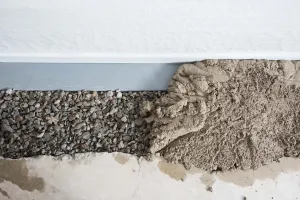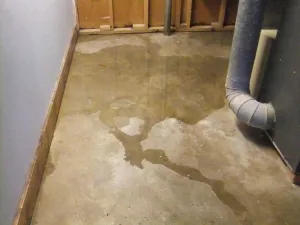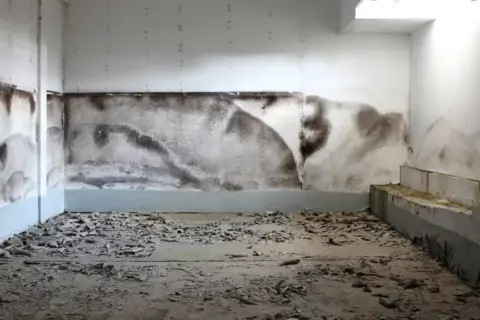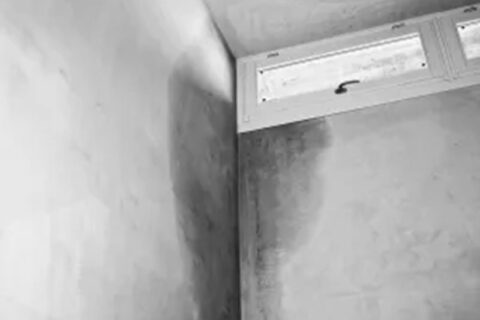Basement Drainage Systems Evans City, PA
A basement drainage system is a piping system that is installed around the perimeter of your basement foundation to collect water that seeps through your basement walls and floor and redirects it to a sump pump. The sump pump then pumps the water out of your basement and away from your home.
Most homes are built with a gravity-based system where the water is drained by gravity through underground piping to a municipal storm sewer or dry well. However, if your home is built in an area with high groundwater levels or if your basement is particularly susceptible to flooding, you may need a sump pump to actively pump the water out of your basement and away from your home.
There are many different types of basement drainage systems available on the market, so it’s important to do your research before you make a purchase. In this blog post, we’ll give you an overview of the most common types of systems so that you can make an informed decision about which one is right for your home.
Gravity-Based Systems

As we mentioned above, gravity-based systems are the most common type of basement drainage system. They rely on gravity to pull the water through underground piping to a municipal storm sewer or dry well. These systems are typically less expensive than sump pump systems, but they may not be as effective in areas with high groundwater levels or homes that are susceptible to flooding.
Sump Pump Systems
Sump pump systems are more expensive than gravity-based systems, but they are more effective in areas with high groundwater levels or homes that are susceptible to flooding. Sump pumps are installed in a pit in your basement, and they actively pump water out of your basement and away from your home when they detect water in the pit.
There are two main types of sump pumps: submersible pumps and pedestal pumps. Submersible pumps are more expensive than pedestal pumps, but they’re also more effective because they’re located directly in the pit where the water collects. Pedestal pumps, on the other hand, are located outside of the pit and rely on a float switch to activate when water is present.

Interior Drainage Systems
Interior drainage systems are installed on the inside of your basement walls rather than around the perimeter of your foundation. These types of systems are usually only necessary if you have cracks in your basement walls that allow water to seep through. Interior drainage systems work by collecting the water that seeps through the cracks and redirecting it to a sump pump.
If you’re considering installing a basement drainage system in your home, there are a few things you need to keep in mind. First, you need to decide whether you need a gravity-based system or a sump pump system. Gravity-based systems rely on gravity to pull the water through underground piping, while sump pump systems actively pump water out of your basement. Second, you need to decide whether you want an interior drainage system or an exterior system. Interior drainage systems are installed on the inside of your basement walls, while exterior drainage systems are installed around the perimeter of your foundation. Lastly, you need to decide which type of sump pump is right for your submersible or pedestal. Submersible pumps are more expensive but more effective because they’re located directly in the pit where water collects. Pedestal pumps are less expensive but less effective because they’re located outside of the pit and rely on a float switch to activate when water is present.


